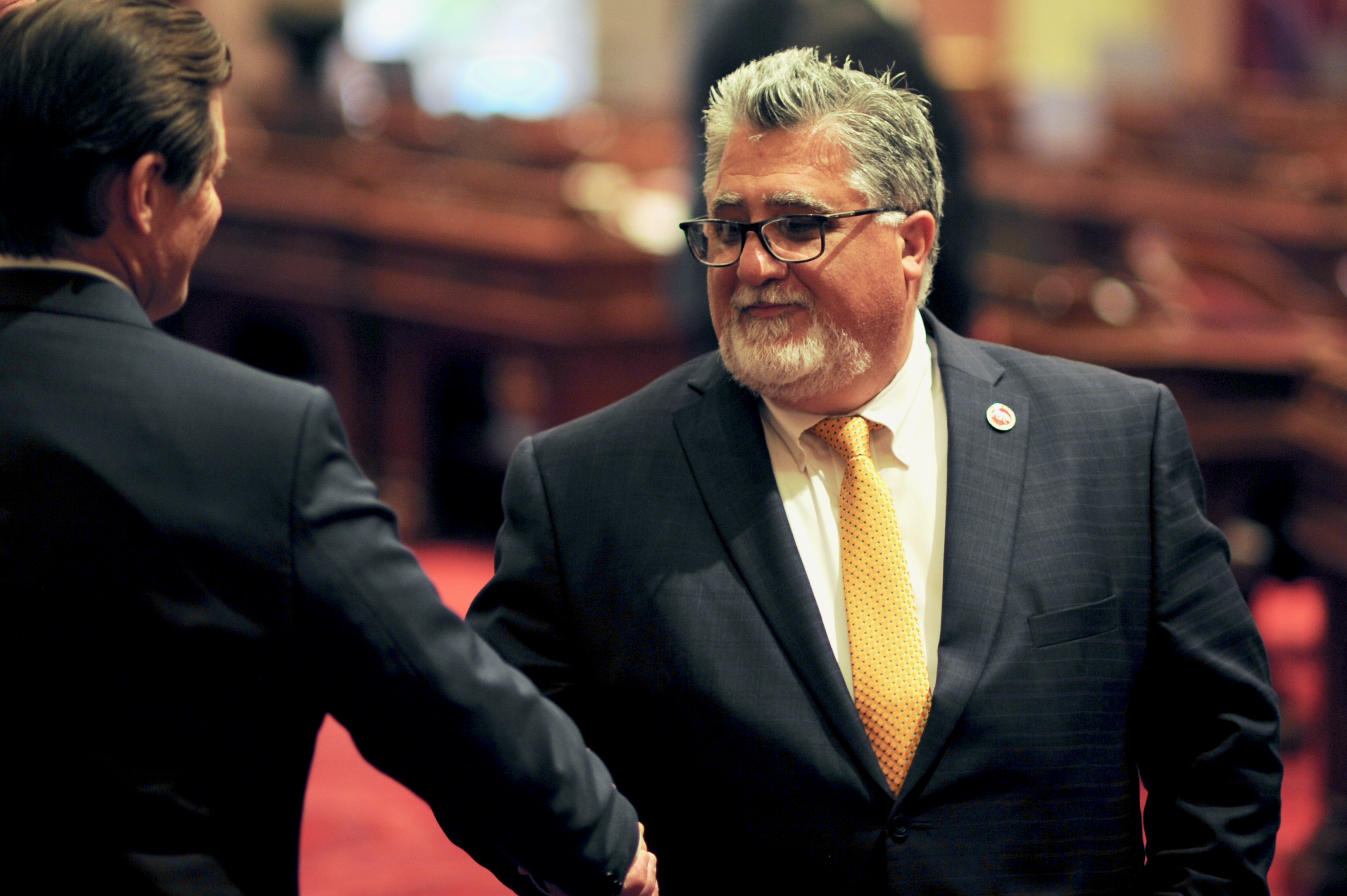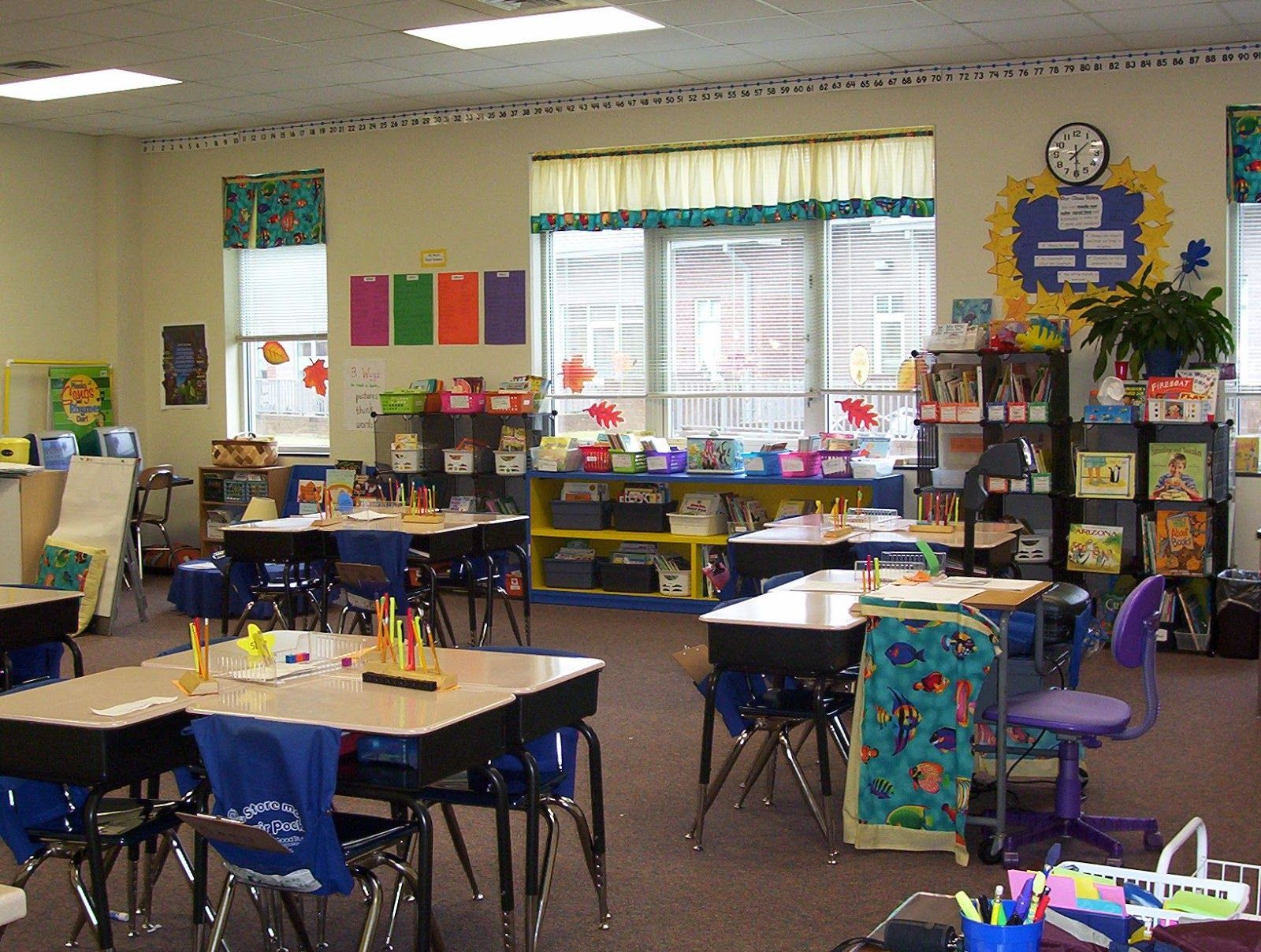
Child studying math during her online lesson at home (Photo: Maria Symchych/Shutterstock)
Proposed Education Funding Scheme Doesn’t Address California’s Needed Public School Reforms
Guaranteeing school funding in failing schools will not improve the quality of public education in California
By Katy Grimes, January 19, 2022 7:42 am
Between the 2020 and 2021 school years, tens of thousands of students left California’s public schools – the latest total shows more than 160,000 students have left California schools.
COVID-19 student absences have also wreaked havoc among California public schools, with districts projected to lose $160 million of federal attendance based funding, the Globe recently reported.
Rather than investigate why students are absent, Senator Anthony Portantino (D-La Canada Flintridge) has proposed legislation to do away with education funding based on daily attendance records, and instead pay schools based on annual enrollment.

“Not so fast” says education scholar Lance Izumi. While Portantino’s proposal would guarantee funding to school districts based on the number of students who enroll in a public school regardless of whether they attend classes, public schools will have little incentive to address the things they are doing that cause students to stop attending.
Education analyst Catherine Wheeler criticized the legislation telling the Globe, “There’s no incentive for schools to go after [students] anymore to go to class.”
Izumi is senior director of the Center for Education at the Pacific Research Institute and author of the new book “The Homeschool Boom: Pandemic, Policies, and Possibilities,” and expressed his concern with the lack of school reforms in a recent op ed for Ed Source:
“For his part, Portantino claims that part of the funding contained in his bill would go to address absenteeism and truancy.
Portantino and his critics, however, miss the real disincentives contained in the proposal. The issue is not how to bean count students — nor even if the bill would cause schools to turn a blind eye to student attendance — but, rather, to understand why students are not going to school.
Under Portantino’s legislation, public schools will have little incentive to address the things they are doing that cause students to stop attending.”
Izumi notes that even before the pandemic, California public schools were failing to prepare poor children.
“Supporters of Portantino’s proposal, such as Los Angeles school board President Kelly Gonez, argue that poor students in her district are more likely to be chronically absent. Why, however, are they absent?
On the 2019 National Assessment of Educational Progress eighth grade reading and math exams, more than 8 out of 10 low-income California students failed to perform at the desired proficient level.
During the pandemic, the failure of the public schools increased. In Gonez’s Los Angeles schools, Latinos, African Americans, English learners, students with disabilities, foster youth and homeless students had much higher rates of D and F grades in fall 2020 than the previous fall.
Much of that failure resulted from foot-dragging by district officials and the Los Angeles teachers union to reopen schools to full in-person instruction.”
What has been Los Angeles’ response? Last fall, the district limited the handing out of D’s and F’s, Izumi said. “One teacher in Oakland Unified, which also limits D’s and F’s, said, ‘Not reporting D’s and F’s is the equivalent of lying about a student’s progress.’”
As a result, Izumi said homeschooling shot up in Los Angeles from 3% in spring 2020 to 11% in fall 2021.
In a recent interview with the Globe, Izumi said he believes that the next big wave in education will be homeschooling. His prediction is bolstered by the Census Bureau, which concluded that families are seeking solutions that will reliably meet their health and safety needs, their childcare needs, and the learning and socio-emotional needs of their children. “Further, the Bureau said that from pandemic pods to standalone virtual schools to homeschooling organizations, parents are increasingly open to options beyond the neighborhood school,” Izumi said. “So the pandemic and the ineffectiveness of the regular public schools to teach students during the pandemic have led to a real revolution in how parents are viewing how best to ensure the learning of their children.”
“Guaranteeing school funding regardless of whether students think schools are worth attending will not improve the quality of public education in California.”
- Tijuana Sewage Crisis: EPA and Mexican Government Sign Agreement to End - July 28, 2025
- Sacramento Taxpayers Pay for Mobile Veterinary Clinic for Homeless Drug Addicts’ Pets - July 26, 2025
- Ninth Circuit Kills California’s Ammo Background Check Law: Here is the Decision – and the Dissent - July 25, 2025








A good start would be to stop paying Superintendents more than Doctors, congressmen, senators and the president. Why are Orange County superintendents making over $400,000.00 per year salary and benefits and students in sports, music, and other extra curricular activities having to pay thousand + in fundraising? We need to start asking school boards this question and fix it. What are these electeds getting out of it?